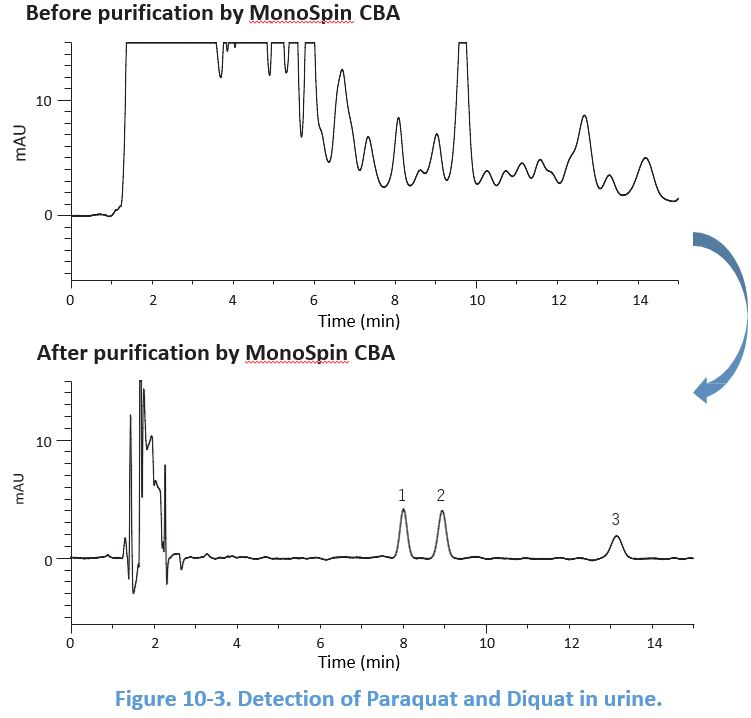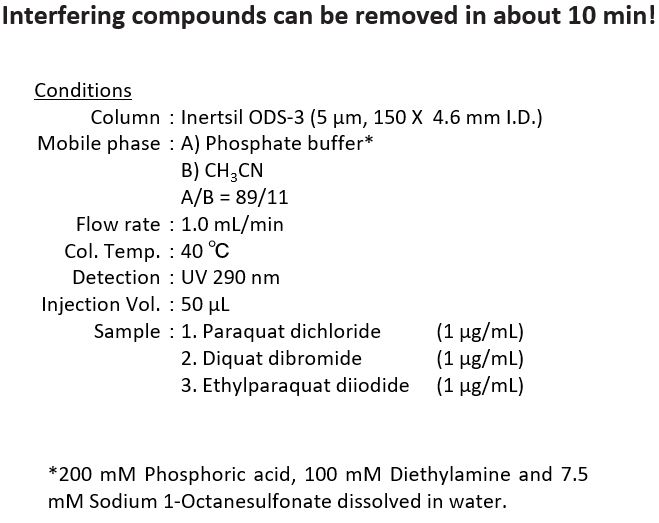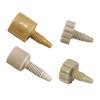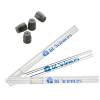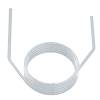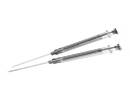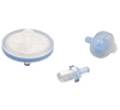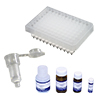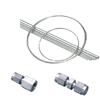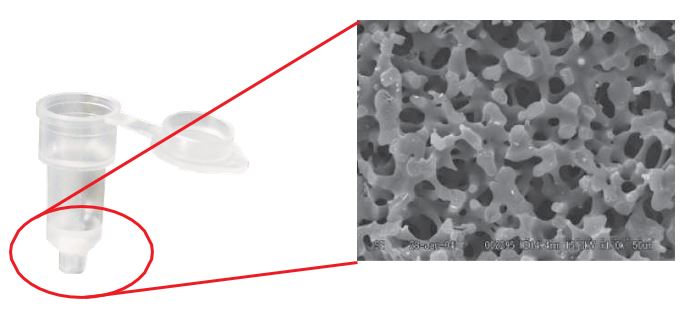10. Monolithic Silica Columns
Monolithic silica columns have co-continuous silica skeletons as its support structure unlike particle-packed columns. Because of the high permeability of the skeletons, monolithic silica columns generate a lower column pressure compared to particle-packed columns at a given theoretical plate number. MonoClad C18-HS, one of the monolithic silica columns of GL Sciences, provides comparable column efficiency to 3 µm particle-packed columns with equivalent column pressure to 5 µm particle-packed columns. These characteristics are desirable for fast analysis with a conventional system. The high permeability of the silica skeleton allows for the 2 m column length of MonoCap C18 High Resolution 2000, which delivers considerably high theoretical plate numbers as an LC column and has gained popularity in proteomics.

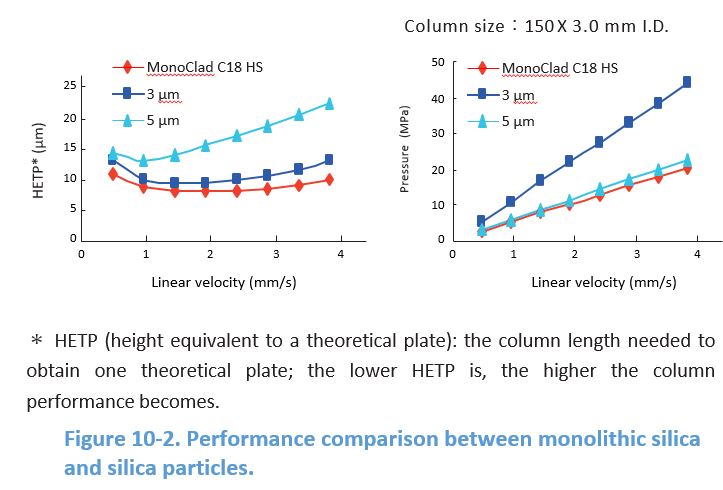
Additives
Monolithic silica is also advantageous for a support material for solid phase extraction (SPE) columns. The high permeability enables permeation by centrifugation (e.g. 1 min for 10,000 x g), which is user-friendly even for operators unfamiliar to SPE and reduces the risks of human errors. No frits are required for the single-piece structure of monolithic silica and less solvent is necessary for elution. Our MonoSpin SPE columns feature these characteristics and are useful especially when the sample amount is limited.
